Game description:
Lost Child Demo begins with a single thought: you’ve been here before, but nothing feels right. You play as Andrey, a man trapped in a maze of dim corridors that refuse to stay the same. The walls seem to close in, the lights flicker as if reacting to your presence, and the air carries whispers that never stop. With each step forward, the layout warps, hallways twist, and familiar objects become distorted reflections of a life you’re trying to forget. Time feels broken, and every second drags you deeper into something you can’t explain.
Memories That Don’t Belong
There’s no map, no instructions, only faint sounds and blurred imagery pulling you in different directions. Cracks appear where memories used to be. Toys, broken frames, a door that slams behind you without warning—every room is a puzzle with no pieces. The game uses lighting, sound design, and visual noise to break down the player’s sense of control. You’re not just exploring a physical space—you’re inside a memory turned hostile. Andrey’s silence speaks more than words as he moves through places that remember him, even if he doesn’t remember them.
Fear With Familiar Edges
Built in Unreal Engine 5.4, Lost Child pushes visual realism to amplify psychological horror. Every flickering bulb, every distorted reflection, every piece of trash in the hallway feels deliberate. The demo may only last around 12 minutes, but its weight lingers. It’s not about monsters or survival—it’s about realization. The truth is buried in these shifting corridors, and the more you uncover, the more the world bends to stop you. Lost Child asks one question that never leaves your mind: what if the scariest place isn’t what’s in front of you, but what you’ve locked away inside?










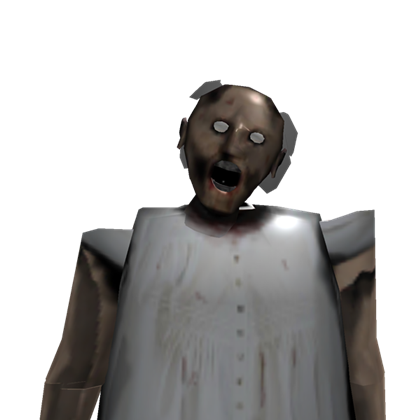






























































































































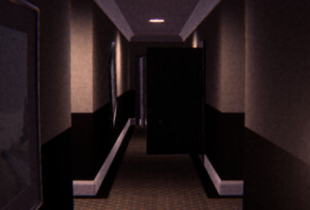

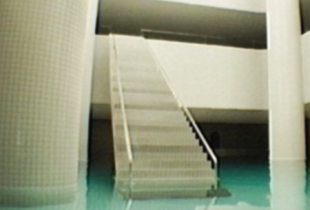
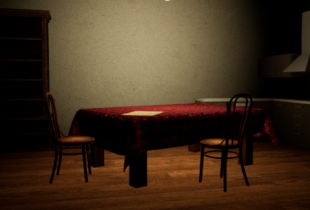
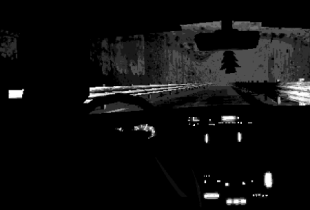


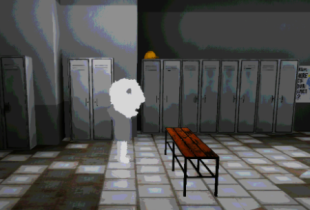
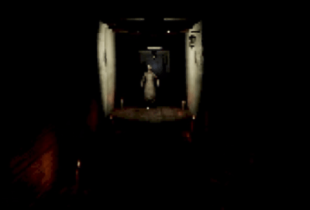

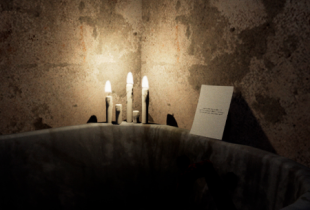
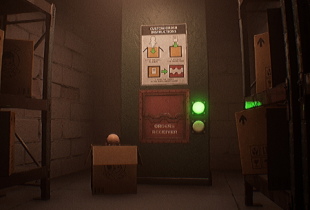
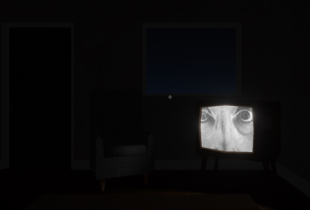

Comments